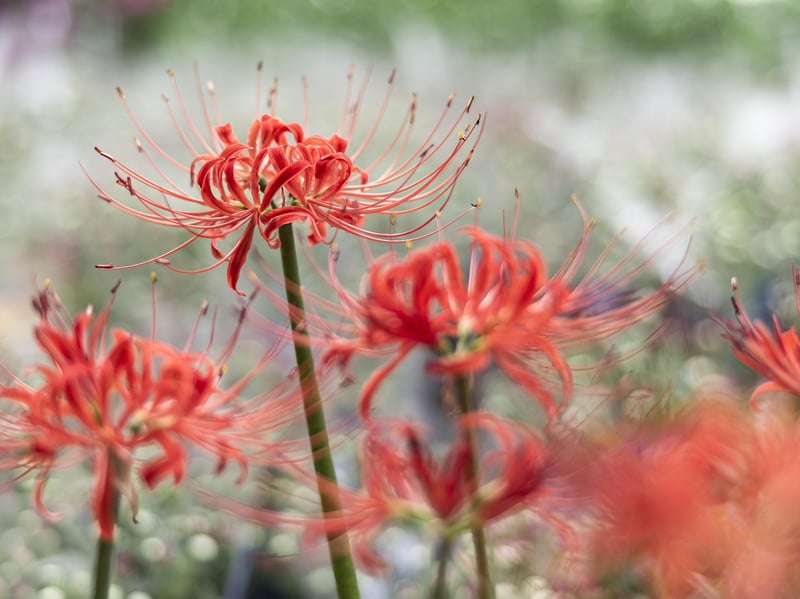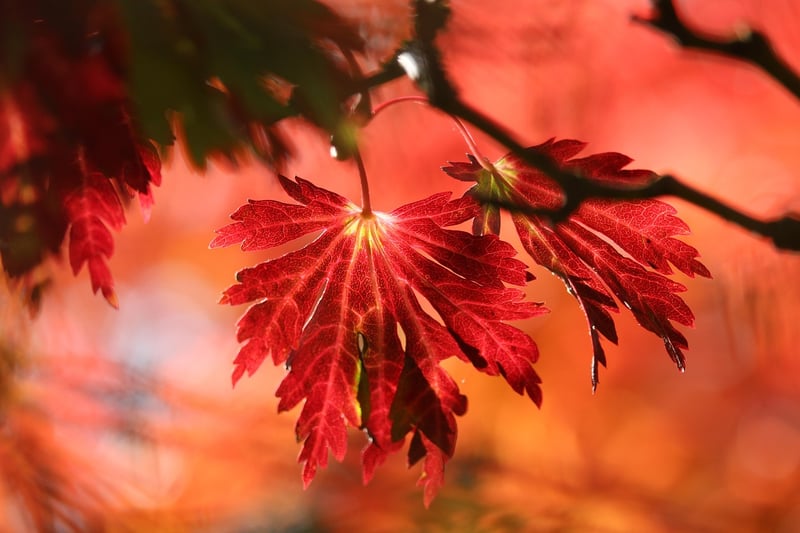Fall Planting
Seasonal Planting Guide: Fall Planting
Welcome to our guide on planting based on seasons! In this article, we will focus on fall planting and the best practices to ensure a successful garden during this time of the year.
Why Fall Planting?
Fall is an excellent time to plant certain types of plants due to the cooler temperatures and increased rainfall. Plants have more time to establish their root systems before the harsh conditions of winter, leading to healthier and more robust growth in the following spring.
What to Plant in Fall
When planning your fall garden, consider planting cool-season vegetables such as broccoli, carrots, lettuce, and spinach. Additionally, fall is the perfect time to sow perennial flowers, trees, and shrubs as they can focus on root development during the cooler months.
Top Tips for Fall Planting:
- Choose plants that are suitable for fall planting in your specific climate zone.
- Prepare the soil by adding compost or organic matter to improve fertility and drainage.
- Water newly planted seeds and transplants regularly to help them establish quickly.
- Apply a layer of mulch to retain moisture and regulate soil temperature.
- Monitor your plants for pests and diseases, as they can be more active in the fall.
Benefits of Fall Planting
By planting in the fall, you can enjoy an early harvest of cool-season crops and jump-start your garden for the following year. Fall-planted trees and perennials also tend to establish more robust root systems, making them more resilient to stressors in the future.
Conclusion
Embrace the fall season as a prime opportunity to expand your garden and set the stage for a successful growing season ahead. With proper planning and care, your fall-planted garden will flourish and bring you joy for months to come.
Happy planting!

For more gardening tips and inspiration, visit here.
